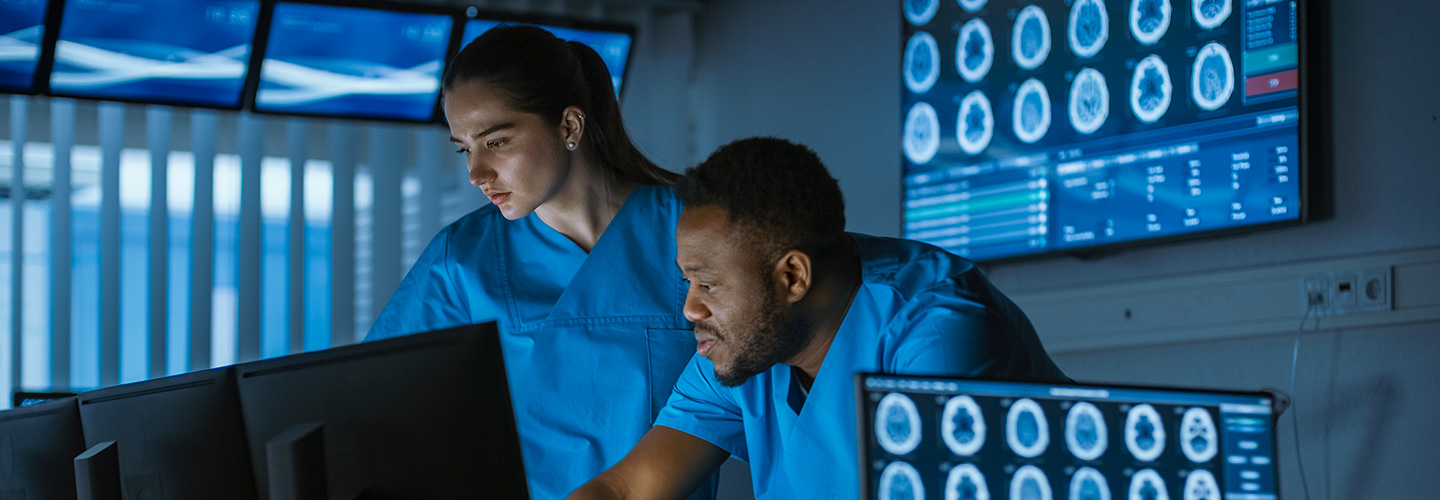Health Science, B.S.
Instruction Style: On Campus | Credit Hours: 121
Indiana Tech’s Bachelor of Science in Health Science will prepare you for immediate entry into an array of in-demand allied health programs. This degree program also features a pre-professional concentration that prepares students for advanced education required to pursue more intensive medical careers. Your education will be enriched through memorable hands-on activities in a modern, state-of-the-art laboratory that includes diverse anatomical dissections; unique physiological experiments that include work with clinical “case” unknowns; wet-lab genetic, chromosomal and DNA applications; and intensive bacterial and microbial plating and incubations. With coursework that includes anatomy, physiology, data analysis, psychology and biomedical research, you will learn medical terminology, protocols and practices. You will also be able to demonstrate critical thinking, inquiry and analysis in scientific, medical and clinical contexts.
Why Choose Indiana Tech?
- Inquiry-based training, focusing on professional development and internship experience, in partnership with major health care, clinical and hospital networks.
- We foster an active learning environment, enriched by instructors who possess years of experience in their respective fields.
Tracks
A Bachelor of Science in Health Science will prepare you for careers in a wide range of clinical and allied health care professions, including entry into an accelerated nursing program. Below are potential career opportunities available to graduates with this degree. Some opportunities listed may require additional education or certification. For clarification, consult your academic advisor.
- Radiation technologist
- Diagnostic sonography
- Health educator/Community health worker
- Health care management
- Registered nurse
The Pre-Professional concentration of our health science degree includes more science prerequisites intended to prepare you for the advanced education you will need to pursue more intensive health care careers. Below are potential career opportunities available to graduates with this degree. Some opportunities listed may require additional education or certification. For clarification, consult your academic advisor.
- Physician assistant
- Occupational therapist
- Chiropractor
Health Sciences Lab
Indiana Tech’s state-of-the-art health sciences lab gives students hands-on experience with equipment that is commonly used in the field. The result is a learning environment that helps students reinforce concepts and strengthen their understanding of what is learned in the classroom.
Torso Model
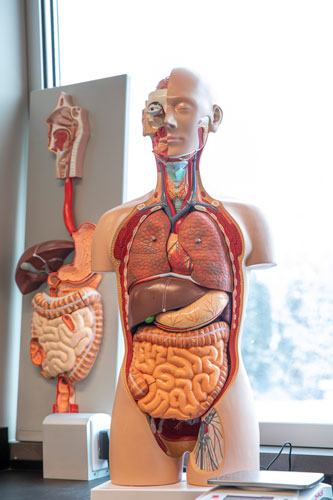
Human Body Tissue Microscopy
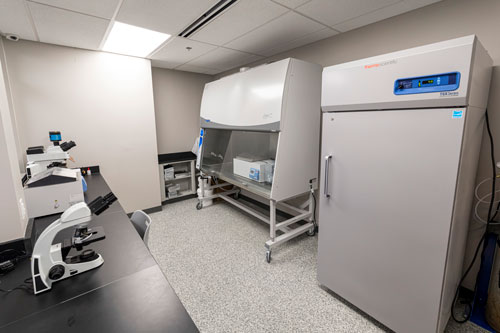
Animal Cell Model
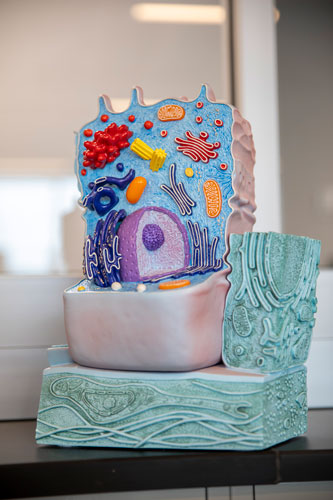
Body System Models
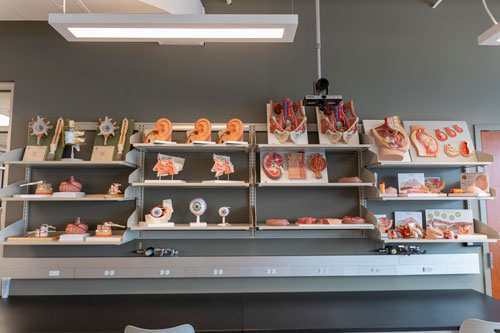
Career Outlook
A B.S. in Health Science from Indiana Tech prepares you for a wide variety of in-demand careers. Below, you can explore career fields, salary information and employer demand from our partners at Lightcast, the leading labor market and career data provider in the U.S.
Internship Opportunities
Indiana Tech strives to prepare career-ready graduates. Our university stresses the value of internships and pairs students with real-world learning opportunities that will put them in an advantageous position when it’s time to enter the job market. Students in this program have an opportunity to intern with organizations in the following fields:
- Law enforcement laboratories, such as the Indiana State Police Laboratory Division and the Fort Wayne Police Department Laboratory
- Government agencies, such as the Indiana Department of Toxicology
- Hospital laboratories affiliated with Parkview Health system
- Life science laboratories in academia, government and industry
Success Story
Sidneya’s experience in Indiana Tech’s health science degree program helped her identify a career path and gave her the confidence to pursue it. Originally, Sydneya wanted to go into medical imaging, but as time went on, her focus shifted to nursing. “T…
Dr. Sharon Drapala
Faculty Lead
Dr. Drapala is an experienced educator with a demonstrated history of working in clinical settings, ranging from academia to the private sector. Her focus is anatomy and physiology.
- Doctor of Chiropractic, Palmer West
- B.A., Biology, University of California Santa Cruz
- Teaching Credential, John F. Kennedy University
- Building Level Administer Training, Marian University

